|
Learning outcomes
Objectives and goalsClick to read 
At the end of this module you will be able to:
• To be aware of what is meant by intrapreneurial attitude and its 4 principles
• To realize how important change management is and how to implement it in your business
• What is conflict management and what can you do if a conflict arises in your company
Intrapreneurial attitude
DefinitionClick to read 
|
► For a deeper understanding of intrapreneurship from an individual perspective, we first look at the personality of the intrapreneur.
► Personality plays a role in the intention to become an entrepreneur and also in the entrepreneurial success.
► The personality concept contains stable motives, attitudes and the orientation of the experiences and actions of individuals, so it has an influence on both entrepreneurship and intrapreneurship.
► The organizational environment plays a significant role in intrapreneurial behavior, but it does not sufficiently explain why an individual ultimately decides to behave entrepreneurially.
► The most entrepreneurial initiatives have specific dynamic capabilities that have a positive impact on business performance.
► The five dimensions of the personality concept with reference to intrapreneurship:
|
 |
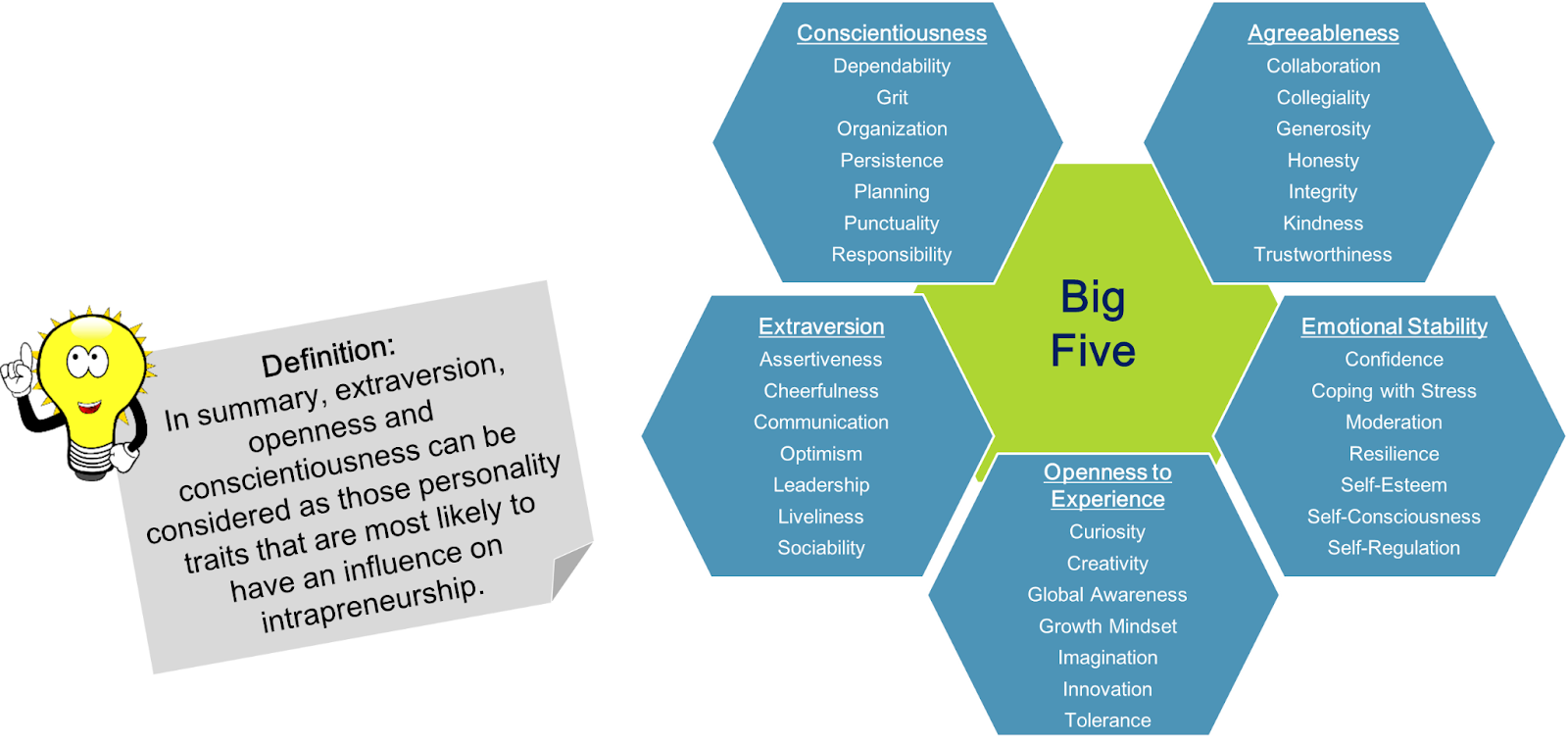
► As mentioned earlier, the organizational environment plays a significant role in intrapreneurial behavior, but it does not sufficiently explain why an individual ultimately decides to behave entrepreneurially.
► The graphic shows that intrapreneurial behavior is influenced by intrapreneurial attitudes and characteristics. Therefore, it is important to recognize these as influencing factors
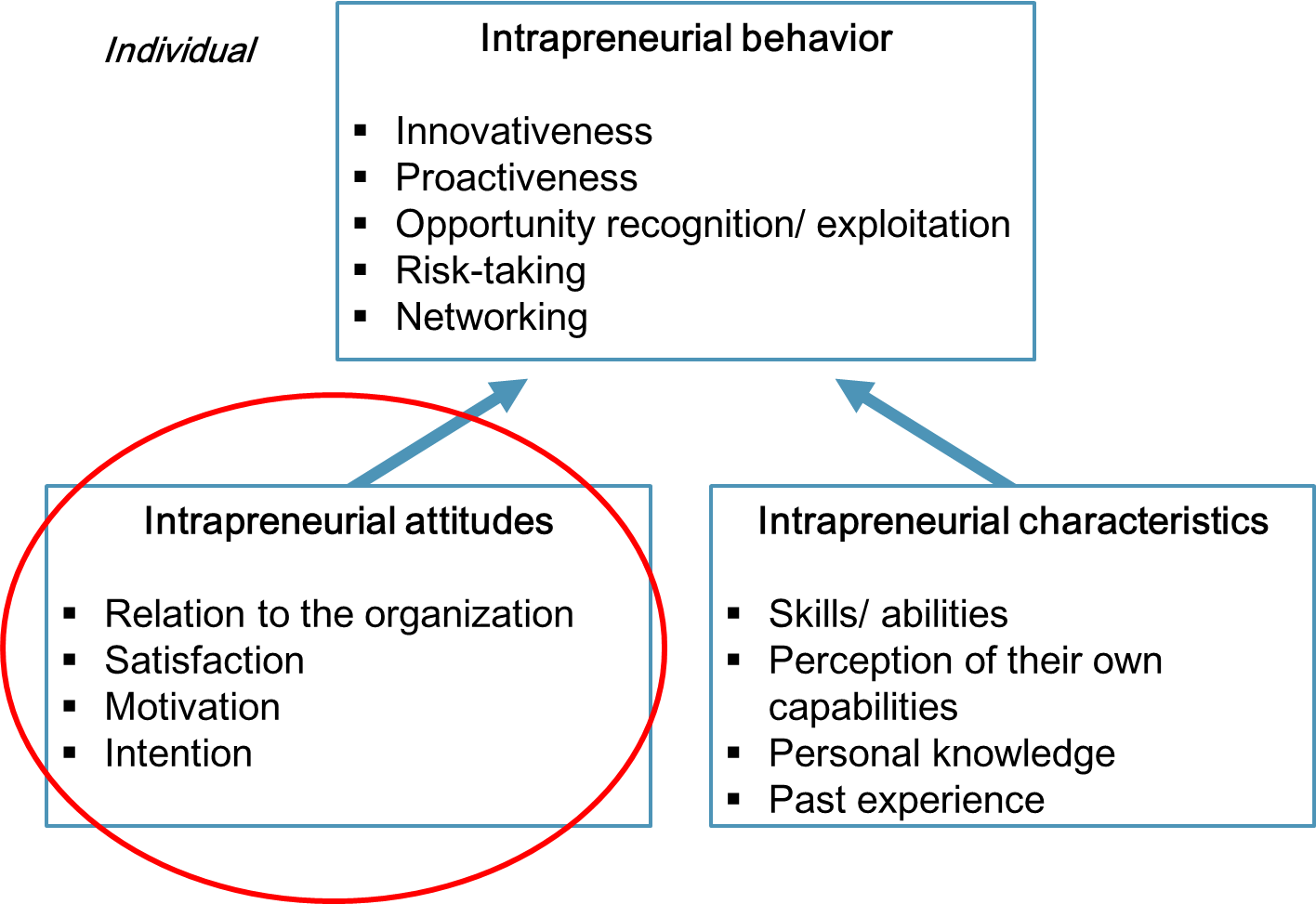
 |
In this training course we are going to concentrate on intrapreneurial attitude and how it can influence intrapreneurship in your company
|
The 4 principles of intrapreneurial attitudeClick to read 
A special relevance arises from intrapreneurial behavior, as it can result in new leadership opportunities.
Traditional leadership is based on the known, security and experience. However, intrapreneurial leadership is based on the unknown. Detailed information is needed to make decisions so that risks can be minimized. This is under the condition that the necessary resources are granted by the company.
It is necessary for an intrapreneur to take calculable risks, to experiment, to use existing knowledge and to get the maximum out of the available resources. Decisions are always adjusted as new information comes in.

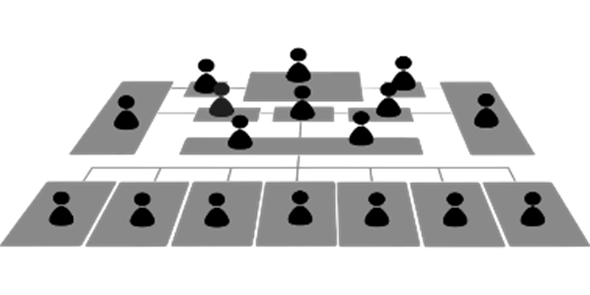
Relation to the organization
• Trust in the direct supervisor is an important prerequisite for entrepreneurial behavior.
• Support from the owner/entrepreneur is an important key element that promotes intrapreneurship.
• Encouraging employees helps to manifest intrapreneurial behavior.
• “Psychological ownership" is seen as a mediator of the relationship between a person and their organization. This creates a feeling among employees that organizational goals are their own.
• If individuals have the feeling of being part of something, the goals are evaluated as more positive.


Satisfaction
• Job satisfaction is considered an important element because in the context of intrapreneurship it has a positive impact on the sustainability and growth of the company.
• The accumulated work experiences of employees are a component of satisfaction.
• The feeling of satisfaction can be increased and positively influenced by granting employees autonomous action.
• Strengthening the relationship with the organization and delegating ownership, management can promote satisfaction in the company through rewards and compensation.


Motivation
• Rewards have an impact not only on satisfaction, but also on the motivation of employees to act intrapreneurially.
• Awareness has a direct impact on the time and energy spent on initiatives.
• Reward systems should be embedded in companies, as this can improve the quality of work and increase efforts and motivation. This leads to more innovation, risk-taking and ultimately intrapreneurship.
• Intrapreneurs are also motivated by the challenges they have mastered. Entrepreneurial employees experience motivation from market-oriented laws or from the desire to create added value from opportunities.


Intention
• Intrapreneurial intention refers to the goal of developing a new branch of business, creating a spin-off or diversifying one's organization.
• The intention according to which individuals act is a strong indicator of the behaviors that occur.
• The extent to which intrapreneurs directly profit from the development of innovative ideas does not play a significant role. They live out their passion, but use the resources made available to them by the company.
• The intentions of intrapreneurs are conscious processes. With setting goals, intrapreneurs can, among other things, steer the communication and engagement of companies.

Change management
DefinitionClick to read 

Implementing change is not easy especially in small businesses. You have a lot of moving parts, not to mention employees who get nervous about any big changes or shifts.

Managing change is one of those topics that people don’t talk about that much, but is extremely important, whether that’s shifting into a new market or overhauling organizational structure to ensure the long-term health of the company.
|
• The change management process involves preparing individuals and organizations for organizational changes, which may include the adoption of new technology, changes in market demand, responses to competition, business succession planning, and mergers, as examples.
• It’s one of the core management principles that covers how to prepare everyone for major changes in a company. The process helps companies to reach long-term aims and objectives with minimal disruption to the organization’s personnel and operations.
|
 |
Change management modelsClick to read 
|
Implementing organizational change is uncomfortable and difficult and we all know what is said about change:
“It’s the only constant in life. Realizing this is true is the easy part. Accepting change, especially when it disrupts the way we work or how we live our lives, is a whole different ball game.”
However, that doesn’t mean it’s okay (or beneficial) to force change upon your employees, no matter how dire the need. When change is unwelcome or introduced without preamble, people will resist it.
|
 |

Change management models are frameworks that guide organizations when navigating and managing change in the workplace. Many models exist, but the following are among the most popular
|
Model 1: Lewin’s change theory
Developed by American social psychologist Kurt Lewin, this organizational change management theory follows a simple and practical three-step process for handling change in general.

|
Step 1 – Unfreezing
• Before you can remold an ice cube into a sphere or some other shape, it first has to melt, in other words, you’ll have to unfreeze it. Many employees don’t like change. At this stage of the process, your goal is to prepare them for change.
• Communicate how old procedures, structures, and thought processes are hindering the company from achieving growth, becoming competitive, and maintaining profitability.
• The more they understand the rationale behind the change, the more they know how it benefits them, then the more likely they are to cooperate.
|
 |
|
Step 2 – Changing
• Once people have been “unfrozen” from old beliefs and systems, they’re ready to proceed to the next step - the changing, also called the moving or transitioning phase. It’s when the actual change process occurs. Employees learn new methods and procedures.
• They adopt new ways of thinking and behaving. As this stage is rife with uncertainty, fear, stress, and worry, communication and employee support are extremely vital.
|
 |
|
Step 3 – Freezing
• People have embraced the new ways of working and changes are taking shape.
• The freezing stage, which is also sometimes called refreezing is, when the change finally becomes part of the employees’ “new normal.” This final step is critical because without reinforcement, people may go back to their old habits, systems, and ways of thinking
|
 |
Model 2: McKinsey’s 7-S model
The 7-S framework is used to define and analyze the essential elements of an organization. The model views an organization in a holistic manner, with seven interconnected components.
The seven elements are mutually supportive and must therefore be fully aligned for an organization to be effective.
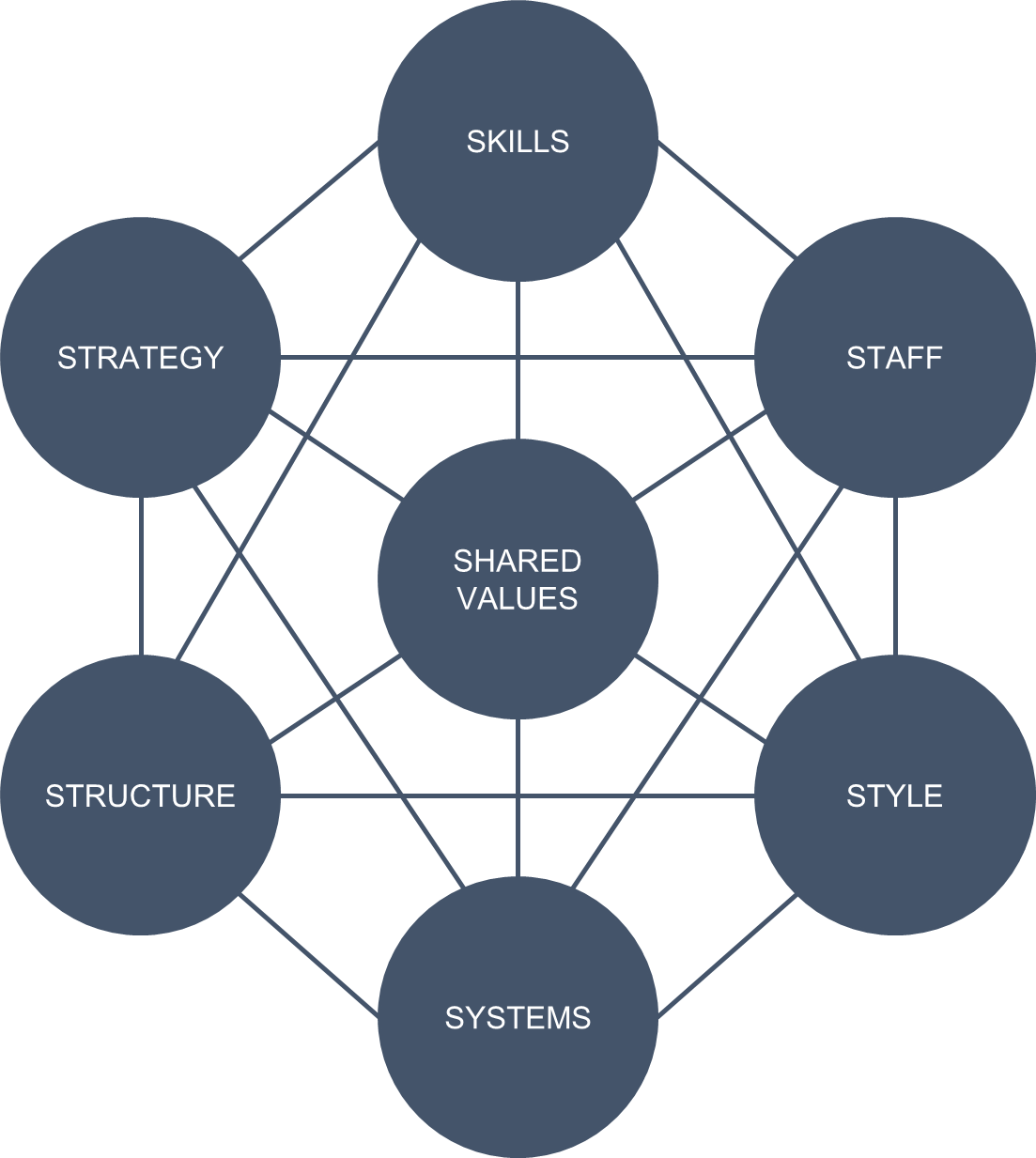

 
Model 3: Kotter change model
John Kotter (1996), a Harvard Business School Professor and a renowned change expert, developed his model on the basis of research of 100 organizations which were going through a process of change.
The 8 steps in the process of change include: creating a sense of urgency, forming powerful guiding coalitions, developing a vision and a strategy, communicating the vision, removing obstacles and empowering employees for action, creating short-term wins, consolidating gains and strengthening change by anchoring change in the culture.



 
Implementing change in your companyClick to read 

1. Communicate change to employees
• Communicating with employees the importance of the change and discussing any benefits the change would bring. The purpose is to cultivate buy-in from team members and to address any culture changes that might result. Changes of this magnitude often lead to logistical issues, and the preparation process aims to deal with that too.
2. Cultivate a plan
• Once everyone is prepared to undertake the organizational change, you must create a plan to ensure everything goes smoothly, maximizing the benefits of the transition while minimizing the negative impacts.
• Everybody develops goals in line with the changes and establishes tangible success metrics. Next, they assign duties and responsibilities. They frame the change within the proper scope and incorporate feedback from team members.
3. Implement the change
• With everyone prepared and plans in place, the final step is implementation. It follows the framework and steps outlined in the plan, empowering employees to take ownership of their individual responsibilities. It maintains high levels of accountability to ensure everyone executes in their assigned roles, tracking the progress of the transition and long-term adherence to the plan. They evaluate the results and tweak as necessary.
Conflict management
DefinitionClick to read 
A conflict management system is a comprehensible management system that encompasses the entire company and, on the basis of a defined strategy for dealing with conflicts, comprises an orderly and sustainable procedure with the following elements (functionalities): Identification, analysis, evaluation and handling of all conflicts relevant to management, documentation and communication of conflict management.
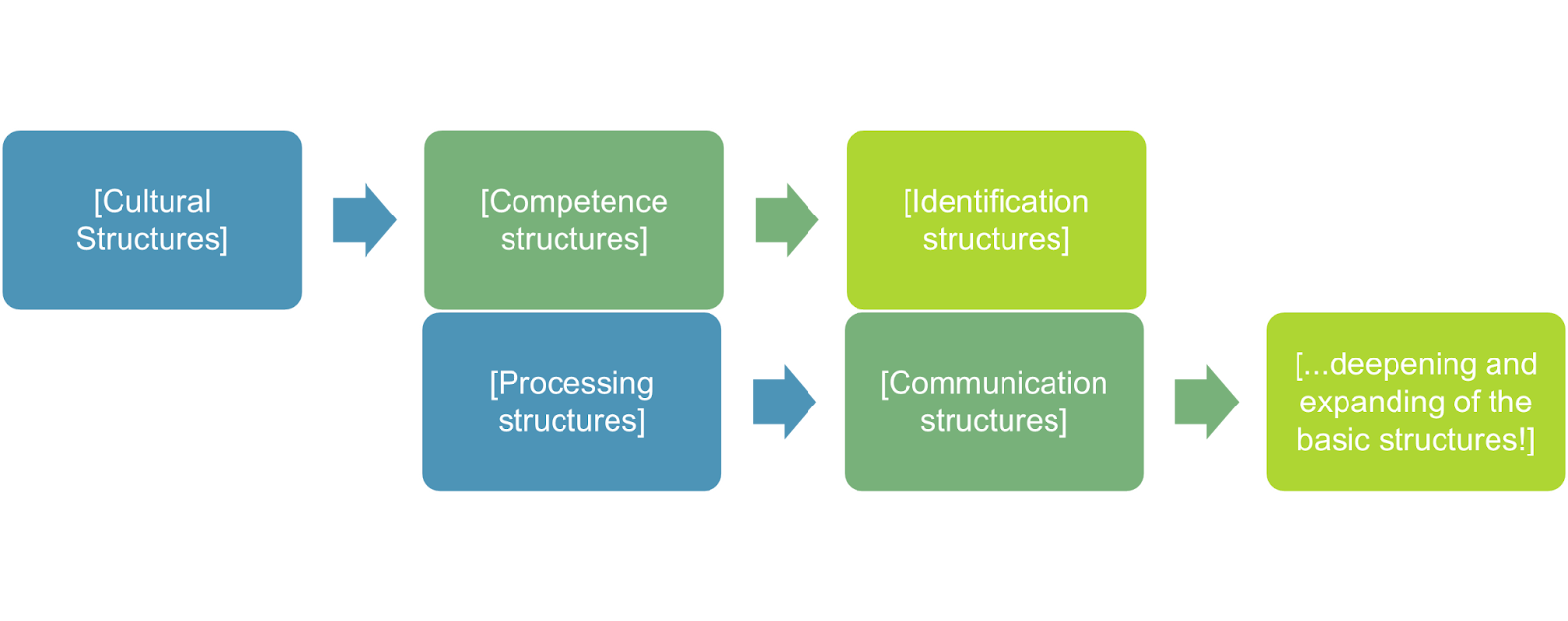
|
The aim of conflict management
is to systematically deal with the triggers and causes, not least in order to mitigate future conflicts.
It is about...
• to manage existing conflicts.
• proactively resolve necessary conflicts.
• prevent unnecessary conflicts.
|
 |
What is needed for successful conflict management?
Conflict management at work is always also a task of the corporate culture and of course also of the superiors.
However, in order for conflict management to be successful and to function, it also needs the assistance of the team and the necessary conditions at the workplace.
Thus, there are some necessary requirements for successful conflict management:
• Conflict skills
• Communication
• Willingness to compromise
• Control
|
The Harvard ModelClick to read 


The Harvard concept of win-win negotiation is a good way to find efficient solutions:
Probably no concept has influenced negotiation strategists more over the past 20 years than win-win - that is, a lasting outcome, often based on compromise, that makes both parties happy.
The 4 principles:

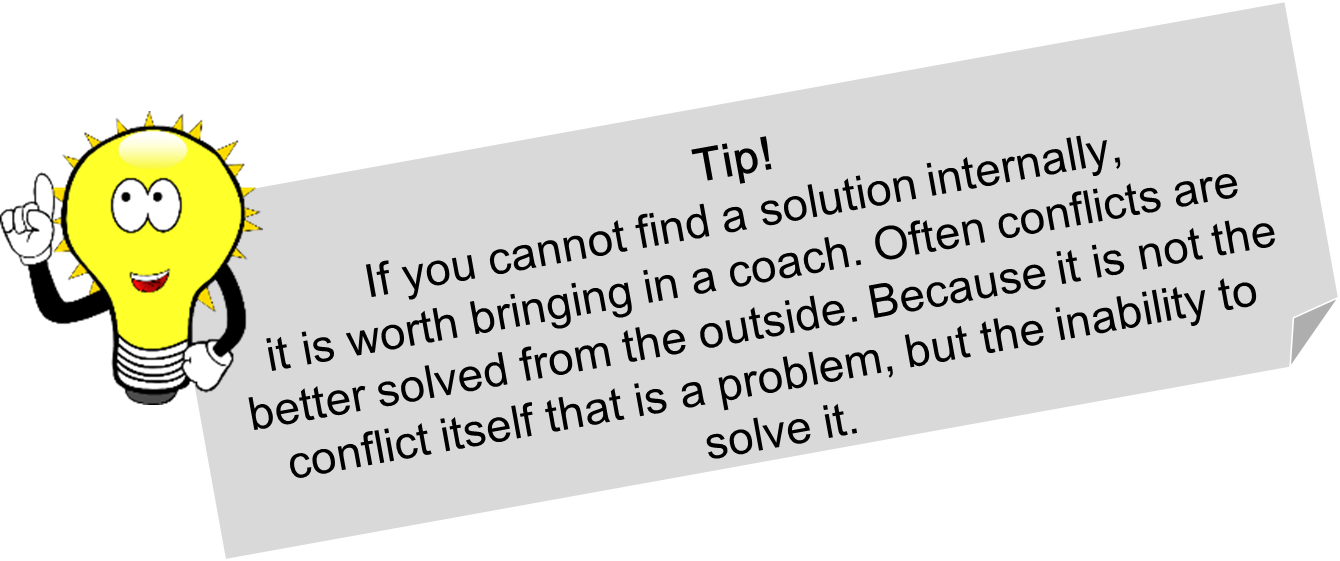

ExerciseClick to read 
Summing up
Summing upClick to read 
Well done! Now you know more about:
• What intrapreneurial attitudes are and how the personality is important to encourage intrapreneurship.
• What is change management and how you can implement change management systems into your company/team.
• What is conflict management in a company and how a conflict can be solved within the company.
|


 Play Audio
Play Audio 




